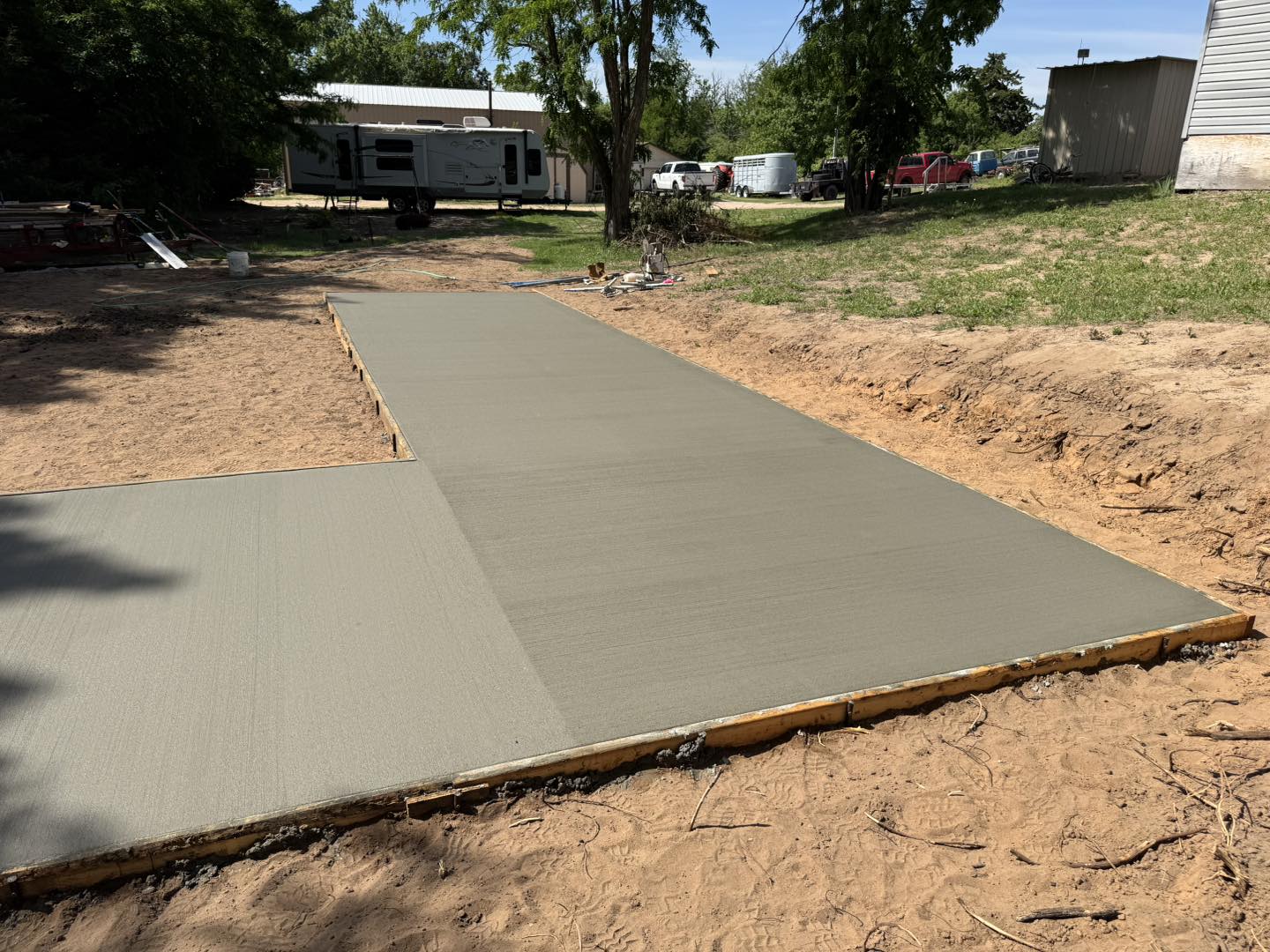
Reducing Carbon Footprints: The Advances in Eco-Sustainable Concrete Oct 06, 2025
The demand for eco-friendly building solutions has surged, prompting the concrete industry to innovate new methods that significantly cut down on carbon emissions. Concrete, one of the most used materials worldwide, has traditionally been associated with high carbon output, especially due to cement production, which contributes to approximately 8% of global CO2 emissions. However, recent technological breakthroughs are transforming this industry standard.
At the forefront of these advancements is the development of low-carbon concrete. One promising approach is incorporating supplementary cementitious materials such as fly ash, slag, and silica fume, which replace a portion of traditional cement used in concrete mixes. These materials are by-products of industrial processes, thereby reducing waste and leveraging resources that would otherwise contribute to landfill. This method not only decreases the carbon footprint associated with cement production but also enhances the durability and longevity of concrete structures.
Another significant innovation is the use of recycled aggregates. By reusing materials from demolished structures and repurposing industrial by-products, the demand for new raw materials decreases, leading to lower environmental impact and reduced quarrying activities. Recycled aggregates perform on par with or even surpass traditional materials in certain aspects, making them a viable option in sustainable construction.
Carbon capture and storage technologies are also making waves in the industry. These techniques involve capturing carbon emissions produced during cement manufacturing and storing them in a way that prevents their release into the atmosphere. Some groundbreaking methods even incorporate CO2 into the concrete itself, making it not only a building material but also a mechanism for carbon sequestration.
Furthermore, companies are embracing energy-efficient production processes. By optimizing kiln operations, and utilizing alternative fuels such as biomass and waste-derived fuels, the concrete industry is significantly reducing its reliance on fossil fuels and cutting down on greenhouse gas emissions.
These innovations in eco-sustainable concrete present a multitude of benefits for companies like TC Concrete. Adopting green building practices can lead to lower costs over time, as sustainable materials often require less maintenance and are more resilient in the long run. Additionally, using eco-friendly concrete can enhance a company's reputation, demonstrating a commitment to environmental stewardship and corporate responsibility, which can attract environmentally conscious clients.
In conclusion, the concrete industry's move towards sustainability is a vital step in the global effort to reduce carbon footprints. As TC Concrete and other companies continue to explore and implement these eco-sustainable practices, they are not only contributing to a healthier planet but also paving the way for future innovations in construction. By investing in sustainable materials and cutting-edge technologies, they are ensuring that their business practices remain competitive and responsive to the urgent calls for environmental protection.
Looking ahead, it is clear that eco-sustainable concrete holds a pivotal role in the construction industry’s future, promising a more sustainable and resilient built environment. As we strive for a balance between development and ecological preservation, these advancements offer hope for a greener, more sustainable future.
/filters:no_upscale()/media/DFA1B79CSSKMO5T4NX1I3OVKDLZ2EZOTR3II0MTX.jpeg)
/filters:no_upscale()/filters:format(webp)/media/aaaeb466-f364-4b4c-bcb6-9889ebc78003.jpeg)